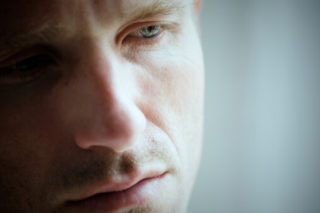Post-Acute Withdrawal Syndrome
The symptoms associated with post-acute withdrawal syndrome can linger after the last dosage of heroin. Because of the brain’s chemical changes, these long-lasting and inconsistent symptoms can include anxiety, depression, panic attacks, fatigue, irritability, mood swings, restlessness, and memory loss. The longer a person remains drug-free; the symptoms will continue to disappear.
Heroin Detox and Treatment Programs
Quitting heroin cold turkey can intensify the withdrawal symptoms and make stopping more painful than it needs to be. In extreme cases, individuals suffering from heroin withdrawal symptoms can become dehydrated and can inhale stomach contents after vomiting (aspirate), leading to choking. While this is not always the case, it is still important to safely deal with withdrawal symptoms. Through medically assisted heroin detox, patients can be monitored for any adverse and potentially life-threatening symptoms.
Medications Used in Heroin Detox
With heroin detox, doctors can prescribe medications to help mitigate symptoms. The most common medications include:
- Methadone: This is a very low-strength opioid used to slowly taper an individual off of heroin to decrease the intensity of withdrawal symptoms.
- Buprenorphine: This is an opioid used to treat opioid use disorders, significantly reducing craving and physical symptoms like nausea.
- Naltrexone: This is an opiate antagonist that blocks receptors in the brain to prevent the effect of heroin and other opiates/opioids and decreases cravings. This is usually given to people who have stopped heroin. It is given to people as a shot that lasts thirty days or by prescribing pills to be taken daily.
There are many options for treatment for heroin addiction, and heroin detox is usually the first step. Both inpatient and outpatient recovery programs can help break the cycle of addiction and overcome heroin withdrawal symptoms. An inpatient treatment center provides around-the-clock attention and care, which increases the chances of recovery, and outpatient programs require maintaining a treatment schedule.
Regardless of the recovery treatment program, acknowledging addiction and beginning detox is a huge step forward. An addiction treatment center can help prevent the chance of relapse and try to ensure a healthy and sober future.
Are you or a loved one struggling with heroin addiction? We are here for you, and we are here to help.


